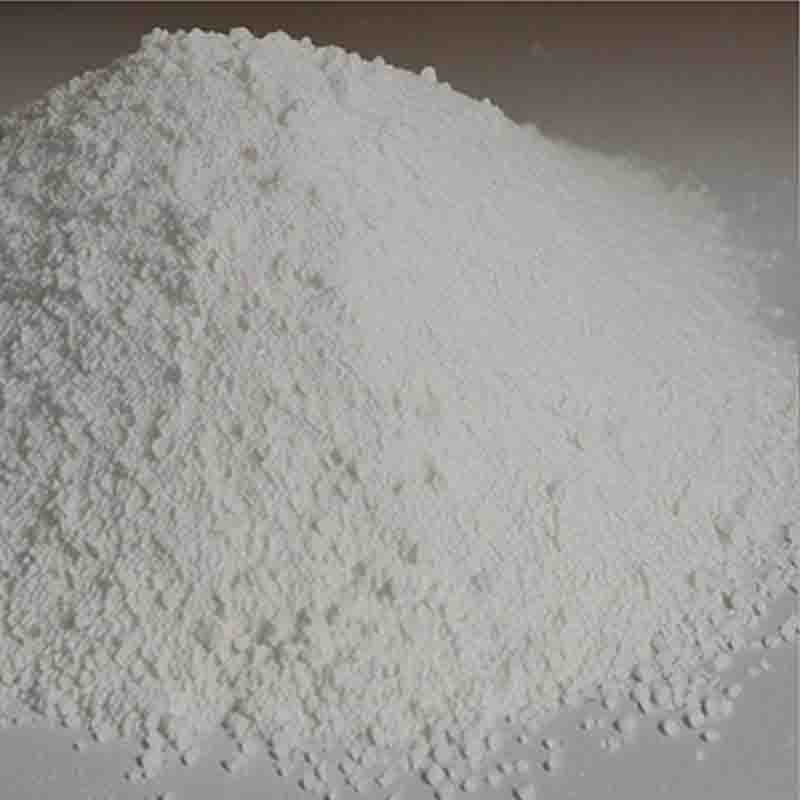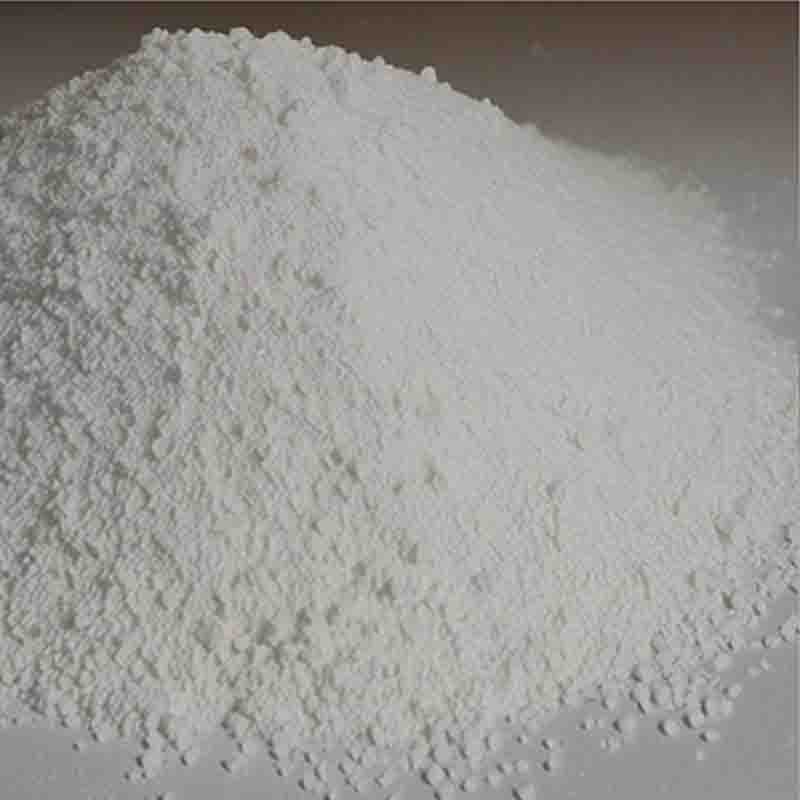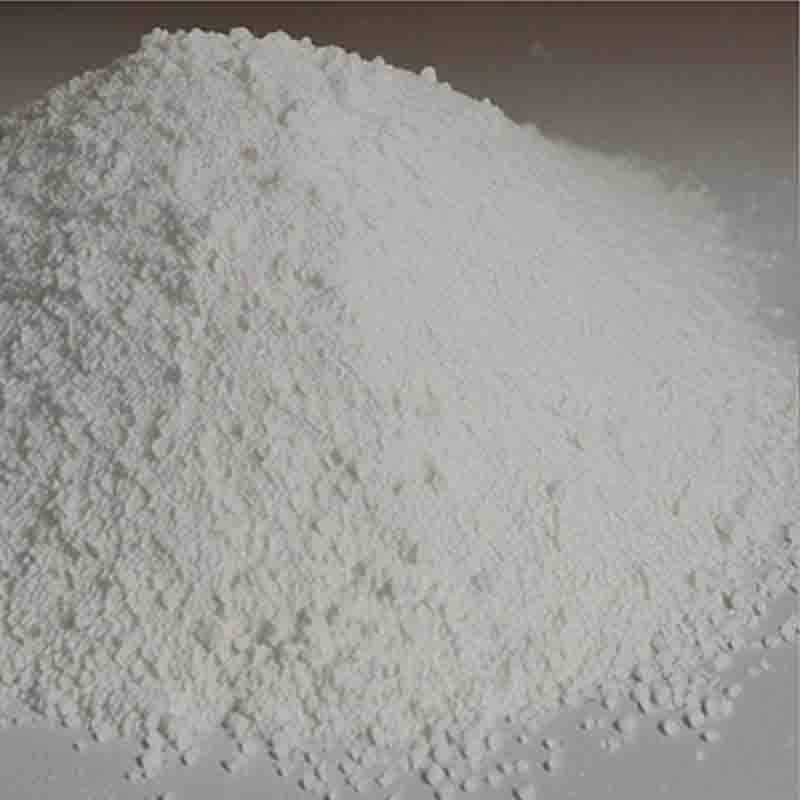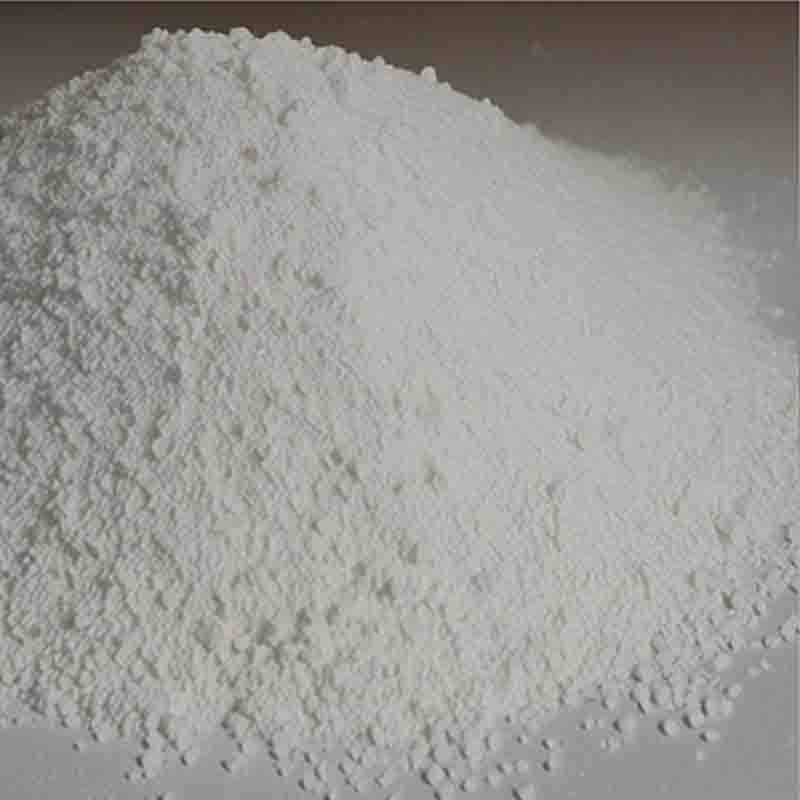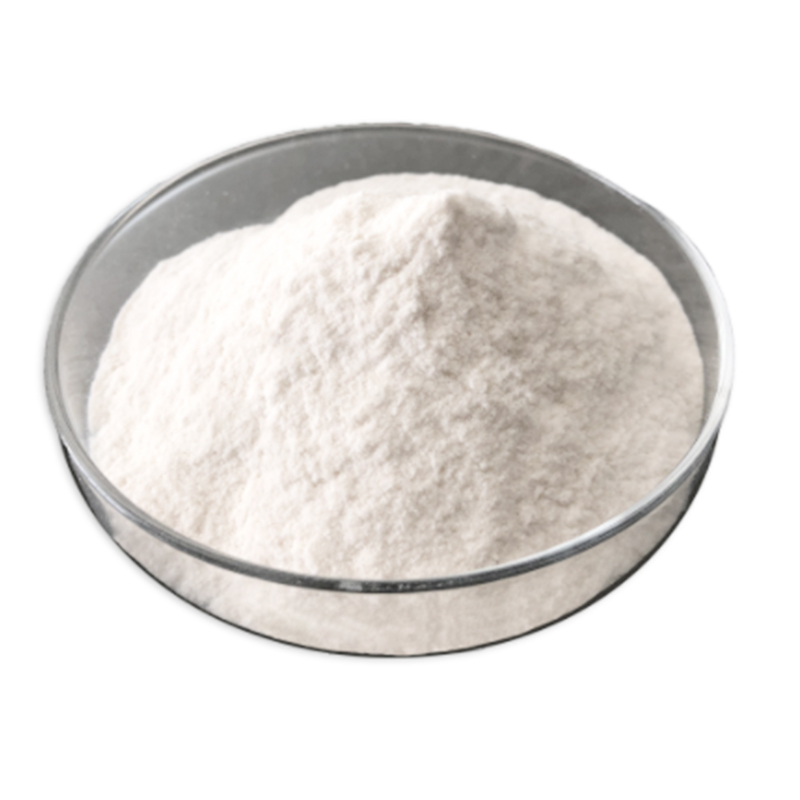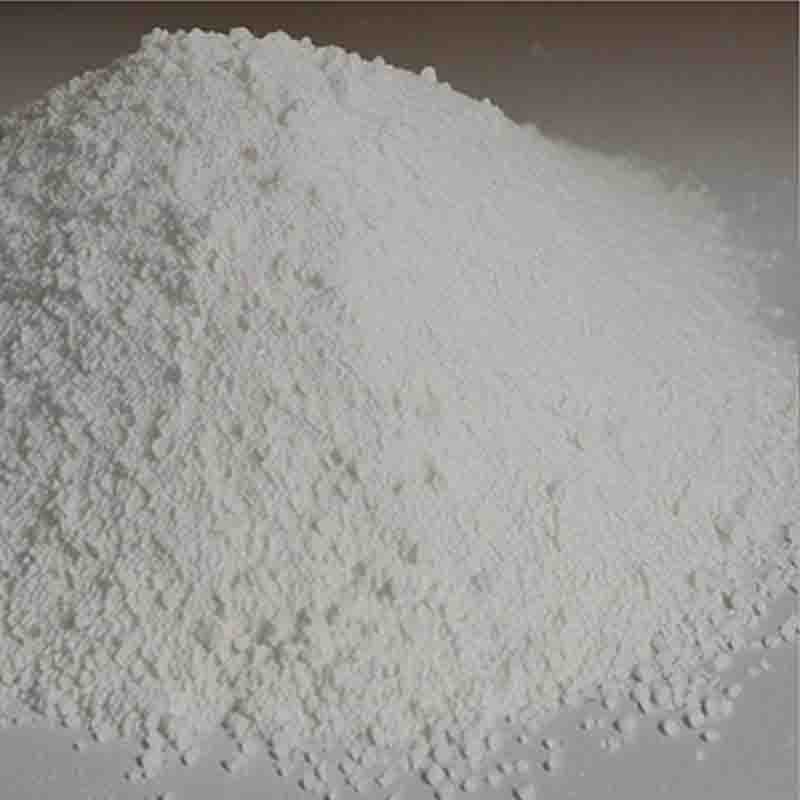Palladium CAS: 7440-05-3
| Catalog Number | XD94489 |
| Product Name | Palladium |
| CAS | 7440-05-3 |
| Molecular Formula | Pd |
| Molecular Weight | 106.42 |
| Storage Details | Ambient |
Product Specification
| Appearance | White powder |
| Assay | 99% min |
Introducing Palladium: Revolutionizing Agriculture, Human Medicine, and Industry
Palladium, a versatile and precious metal, is poised to revolutionize the fields of agriculture, human medicine, and industry. With its exceptional properties and diverse applications, palladium offers numerous benefits that contribute to advancements in these sectors.
In agriculture, palladium plays a crucial role in improving crop yields and resource efficiency. Its catalytic properties make it an excellent material for use in agricultural sensors and precision farming technologies. Palladium-based sensors accurately measure soil moisture, nutrient levels, and other critical parameters, enabling farmers to optimize irrigation and fertilizer application. By enhancing precision agriculture practices, palladium contributes to increased crop productivity while minimizing water and nutrient wastage.
Furthermore, palladium is widely used in the development of sustainable agricultural practices. It is employed as a catalyst in the production of biofuels from renewable sources, such as biomass and agricultural waste. Palladium catalysts facilitate the conversion of these feedstocks into usable fuels, reducing reliance on fossil fuels and promoting environmental sustainability in the agricultural sector.
In the field of human medicine, palladium has gained recognition for its use in diagnostic imaging and medical devices. It is employed in positron emission tomography (PET) scanning, where palladium-based radiopharmaceuticals are used to detect and visualize diseases, including cancer and neurological disorders. Palladium is also utilized in the production of medical implants and prosthetics due to its biocompatibility and corrosion resistance. These implants, such as pacemakers and joint replacements, improve the quality of life for patients and enable better treatment outcomes.
Moreover, palladium is widely utilized in various industrial applications. Its catalytic properties make it indispensable in chemical synthesis, enabling efficient and sustainable production processes. Palladium catalysts are used in the manufacture of pharmaceuticals, fine chemicals, and specialty materials. They offer high selectivity, activity, and stability, leading to improved process efficiency and reduced waste generation.
In conclusion, palladium is a transformative element with diverse applications in agriculture, human medicine, and industry. Its catalytic properties, biocompatibility, and resistance to corrosion make it an invaluable material for enhancing crop productivity, advancing medical diagnostics and treatments, and improving industrial processes. As research and development continue, the potential of palladium in these fields is expected to expand, leading to further breakthroughs and innovations in the future.


